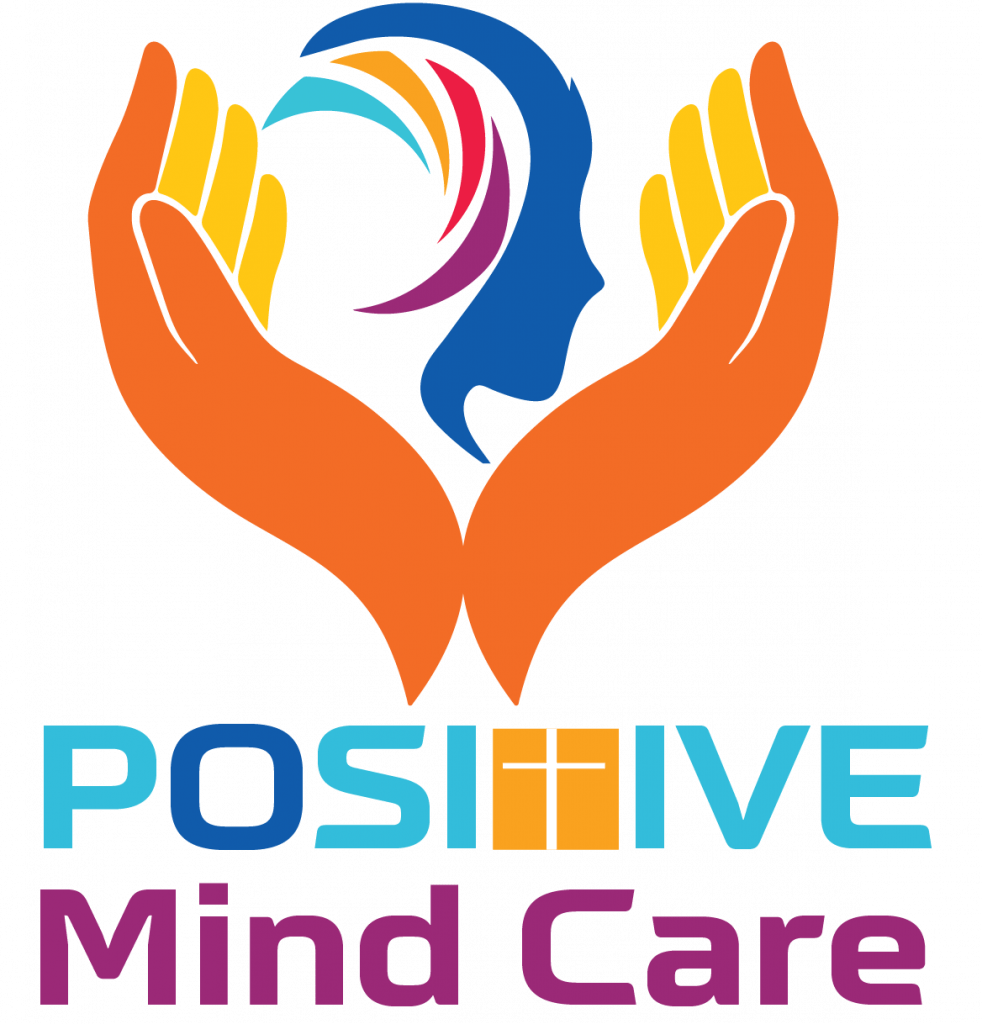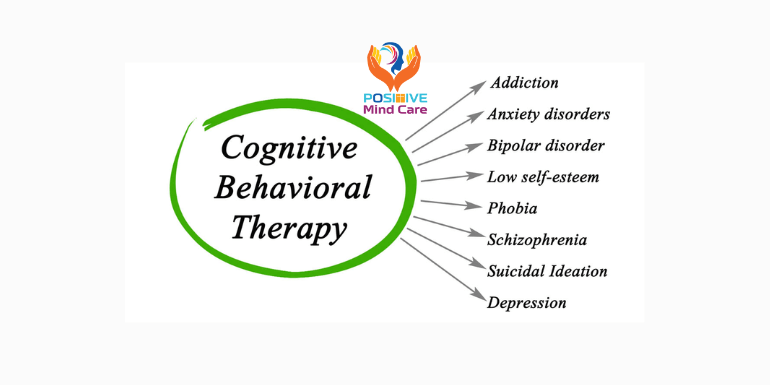In today’s fast-paced world, many people face various mental health challenges. Anxiety, depression, stress, and negative thinking patterns can hinder our personal growth and overall well-being. Fortunately, there is a proven therapeutic approach that can help individuals overcome these difficulties and regain control of their lives: Cognitive Behavioural Therapy (CBT). This blog aims to introduce you to the concept of CBT, its principles, techniques, and how it can positively impact your mental health journey.
Understanding Cognitive Behavioral Therapy
Cognitive Behavioural Therapy is a widely recognized and evidence-based psychotherapy approach that focuses on the connection between thoughts, emotions, and behaviours. It operates under the principle that our thoughts shape our feelings and actions, and by identifying and changing negative thought patterns, we can achieve positive behavioural changes and improved emotional well-being.
Characteristics of CBT
- In the of living, individual are exposed to a variety of specific life events or Situations, some of which trigger automatic, maladaptive thoughts.
- These maladaptive thoughts are characterized by their faultiness; they are too narrow, too broad, too extreme or simply inaccurate.
- An individual’s maladaptive thoughts are usually derived from deeply held maladaptive core beliefs.
- Individual generally acquires those beliefs during childhood.
- These automatic thoughts, core beliefs and their associated emotional disturbances, can be modified via cognitive therapy, a procedure that does not require exploration of a client’s past.
- An active and directive stance by the therapist.
- A collaborative relationship between client and therapist.
Core Principles of CBT
- Cognitive Restructuring: CBT emphasizes the identification and restructuring of irrational and negative thoughts, known as cognitive distortions. By challenging and replacing these thoughts with more rational and realistic ones, individuals can change their emotional responses.
- Behavioral Activation: This principle involves identifying behaviors that contribute to negative emotions and replacing them with healthier and more positive actions. It aims to break negative cycles and encourages engagement in activities that bring joy and fulfillment.
- Skill-Building: CBT equips individuals with practical skills and strategies to cope with challenging situations. These skills may include relaxation techniques, problem-solving strategies, assertiveness training, and effective communication.
CBT Techniques
- Thought Monitoring: Keeping a thought diary helps individuals become aware of their thoughts and identify patterns. By examining the content and frequency of negative thoughts, one can start challenging them effectively.
- Cognitive Restructuring: This technique involves challenging cognitive distortions and replacing them with more balanced and realistic thoughts. It includes techniques such as examining evidence, considering alternative perspectives, and questioning negative assumptions.
- Psychoeducational Method: Therapists educate clients about the nature of their problems and how treatment is likely to proceed.
- Role playing: Therapists interrupts to show clients what they are telling to themselves to create their disturbances and what they can do to change their unhealthy feelings to unhealthy habit.
- Rational Emotive Imagery: Using the technique, clients are asked to vividly imagine one of the worst situation things that might be happen to them. They imagine themselves in specific situation where they experienced disturbing feelings. Then they are shown how to train themselves to develop healthy emotions in place of disruptive one.
- Exposure Therapy: This technique is often used to treat anxiety disorders. It involves gradually exposing individuals to feared situations or objects, helping them learn that their fears are exaggerated and reducing anxiety over time.
- Behavioral Experiments: This technique involves testing beliefs or assumptions through behavioral actions. By actively engaging in new behaviors and observing their outcomes, individuals can challenge and modify their unhelpful beliefs.
The Role of a CBT Therapist
A trained CBT therapist plays a crucial role in guiding individuals through their therapeutic journey. They provide a safe and non-judgmental space, facilitate the application of CBT techniques, and support individuals in challenging their negative thinking patterns. Together, the therapist and the individual collaborate to set goals, develop coping strategies, and monitor progress.
The Benefits of CBT
CBT has been extensively researched and proven effective in treating a wide range of mental health issues, including anxiety disorders, depression, phobias, post-traumatic stress disorder (PTSD), eating disorders, and substance abuse. By equipping individuals with practical skills and promoting long-term behavior change, CBT empowers them to manage their emotions, improve relationships, and enhance overall well-being.
Cognitive Behavioral Therapy offers a powerful and practical approach to addressing mental health challenges. By focusing on the connection between thoughts, emotions, and behaviors, CBT helps individuals develop healthier thinking patterns, cope with difficult situations, and achieve positive behavioral changes. If you’re struggling with mental health issues, consider reaching out to a qualified CBT therapist who can guide you on your path to healing and personal growth. Remember, with CBT, you have the ability to harness the power of your mind and create positive change in your life.



